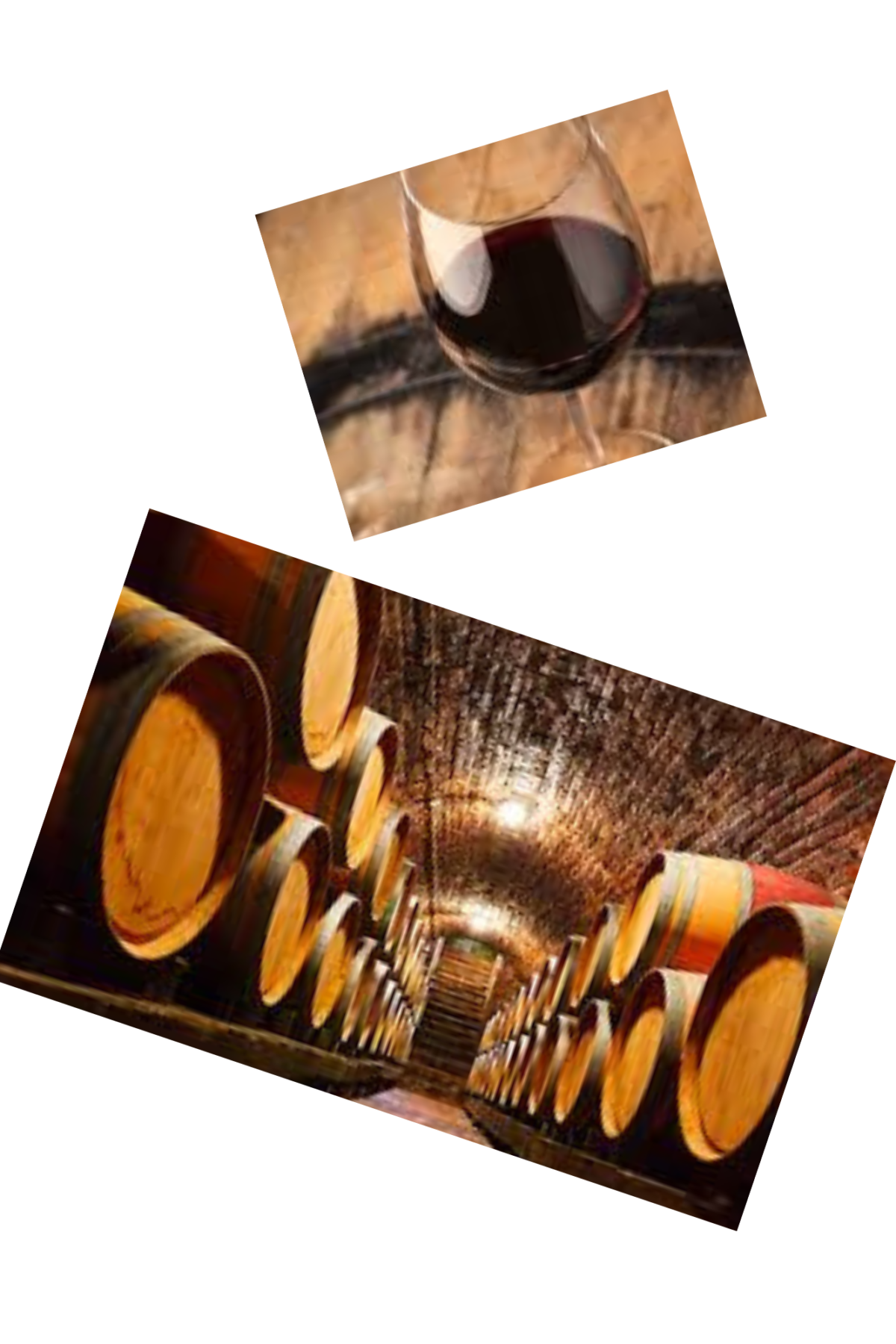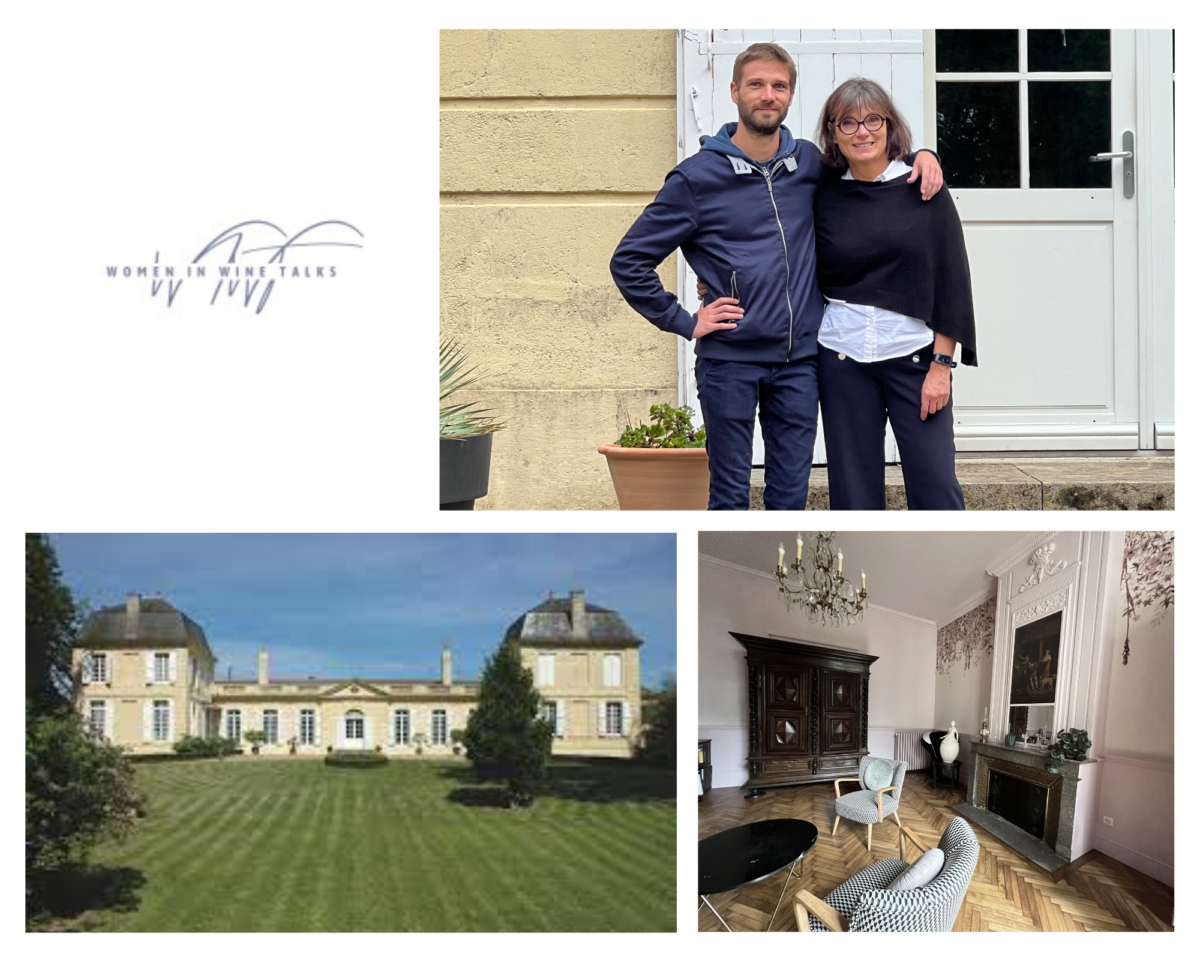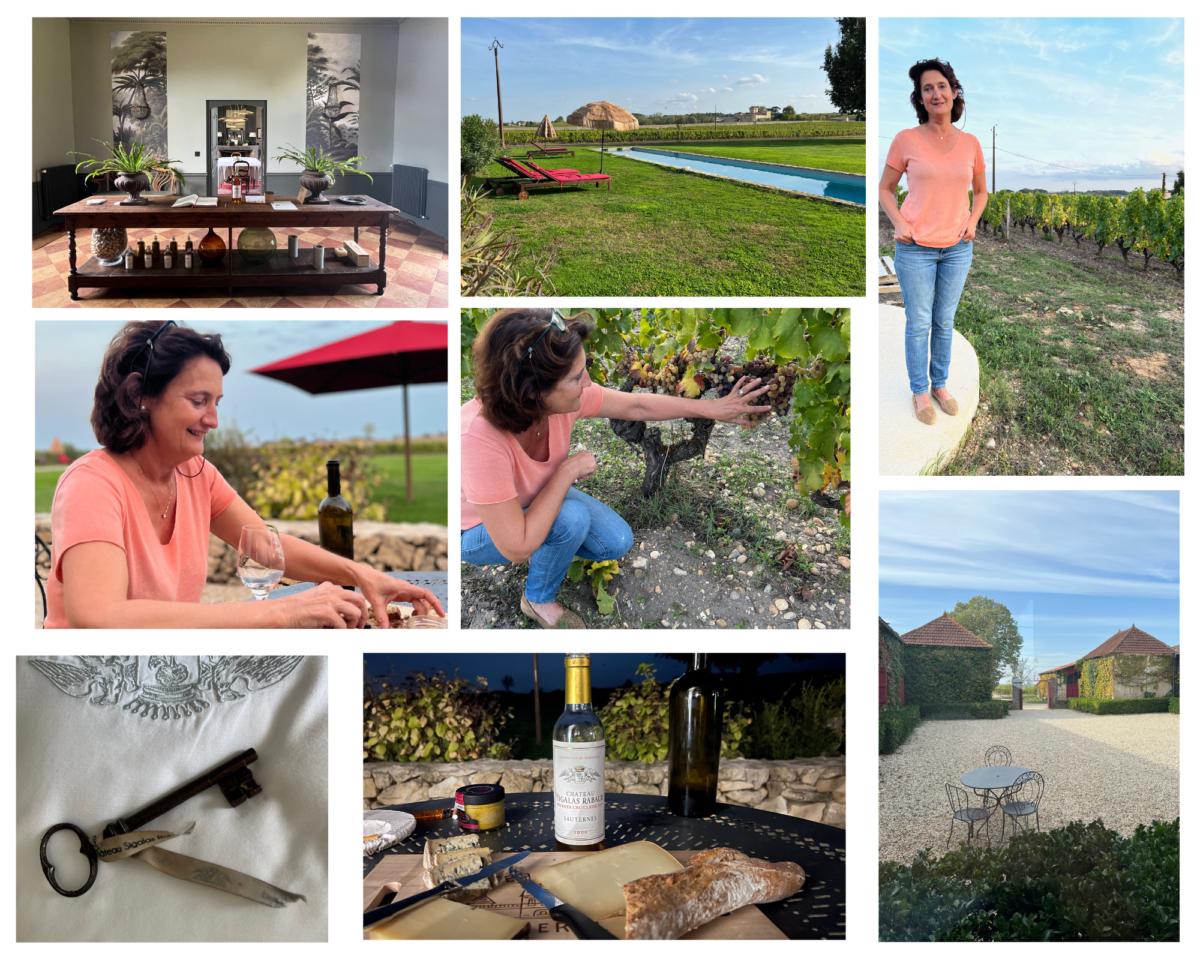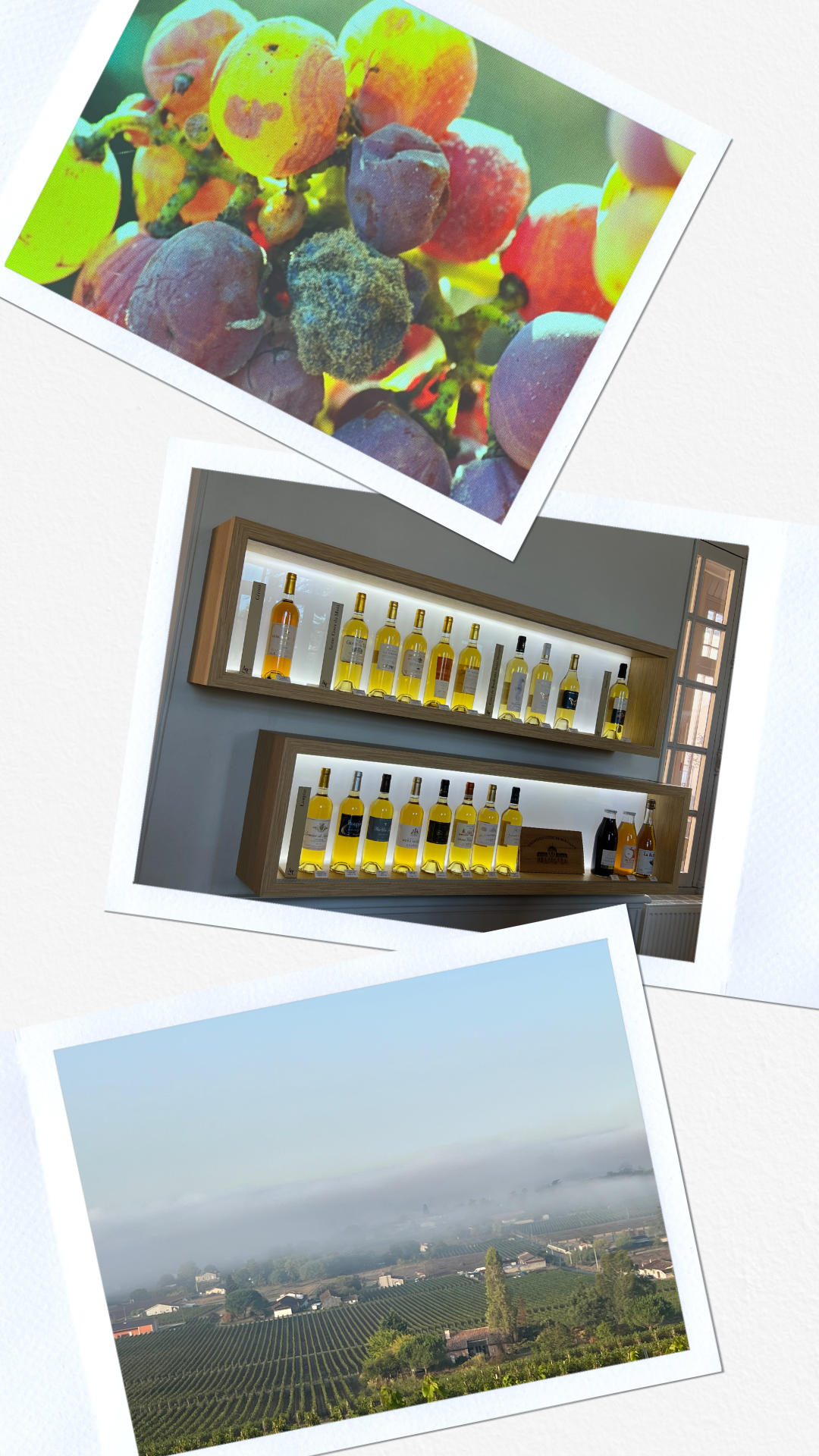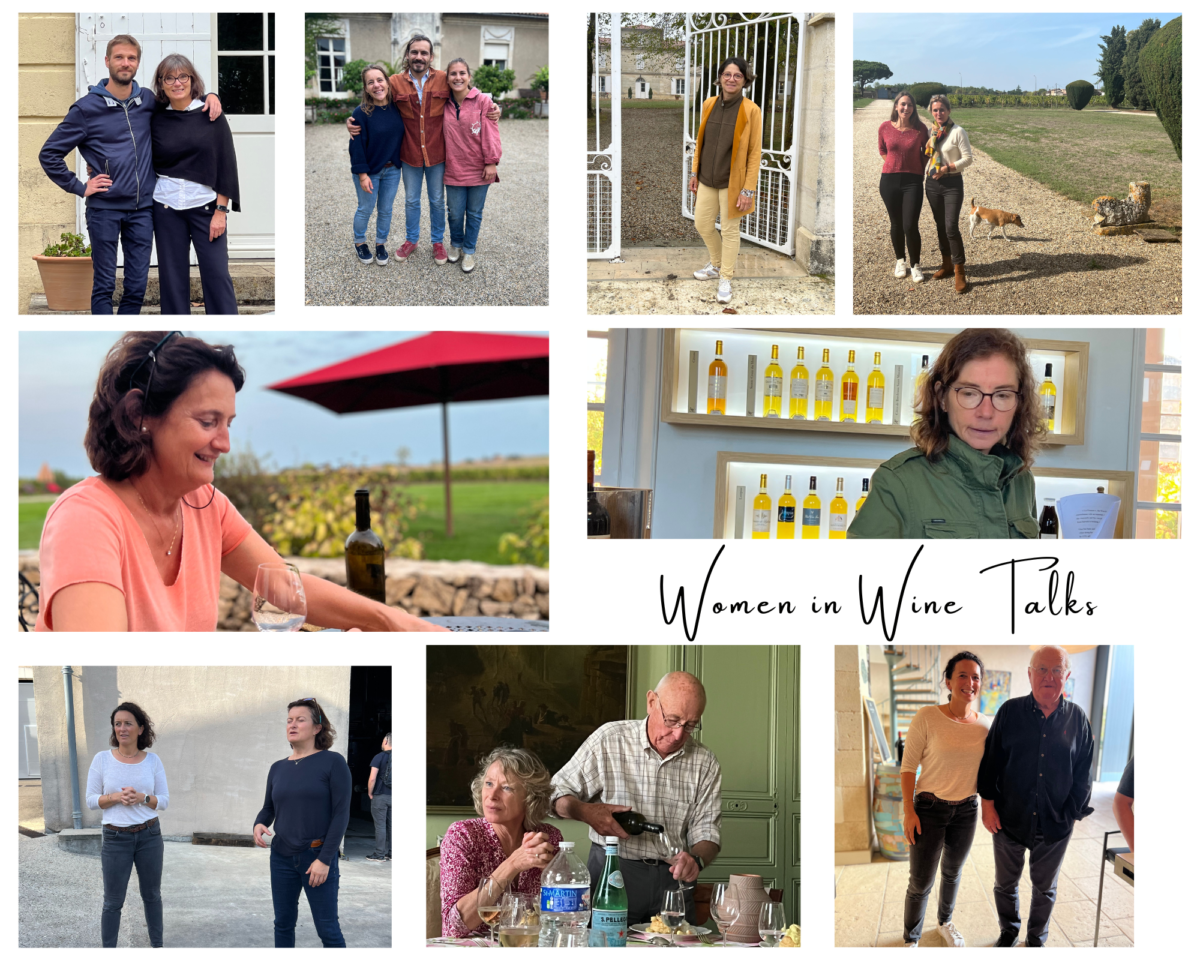Since December 1, 2022 Bordeaux Index has been revealing a new cask for sale each day, which is available to purchase through a sign-up link on a first-come, first-serve basis.
Sign up to receive news about the casks- https://mailchi.mp/bordeauxindex.com/12-casks-of-christmas
The casks are selected from Bordeaux Index’s own current collection, with each day’s offering revealed by email for those who sign up.
If you’re interested in expanding your cask portfolio, this is a perfect and novel opportunity to do so as part of the ultimate ‘advent calendar’.
“Each day we will be revealing a new cask which will be available to buy through our dedicated sign-up form above. Every morning for 12 days, an email will go out revealing the cask, with everyone having access to purchase on a first come first serve basis,” a Bordeaux Index representative states.
#finewine #wine #winelovers #winecask #wineinvestment #winenews #bordeaux #bordeauxwine #bordeauxwinelovers #wineinfluencers #sommlife #sommelier #winepassion #wineindustry #winetrade #christmasgift #holidaygift #christmas

